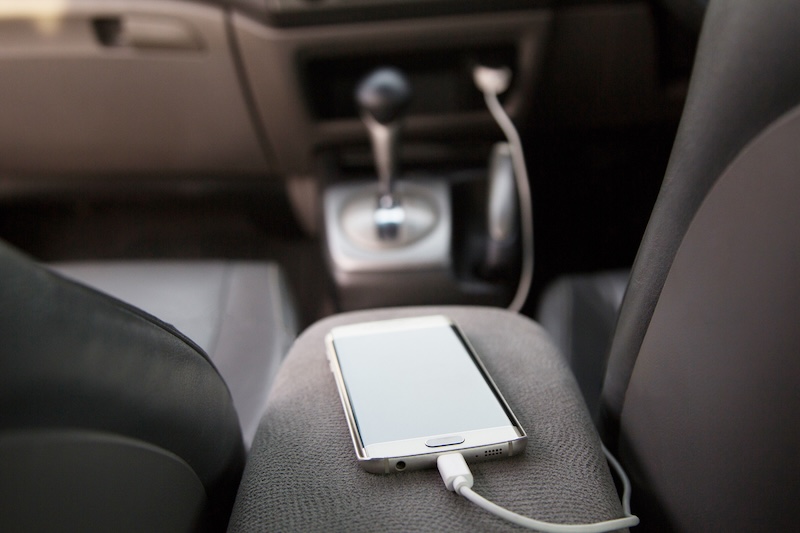Bright headlights could be a thing of the past

91% of drivers who say headlights are too bright say they are dazzled by them
A whopping 89% of drivers think some headlights on cars today are too bright.
The stat comes from the RAC who conducted a survey of 2000 drivers about headlight glare and dazzling and are now calling for the government to commission an independent study into the issue.
Danger to drivers
According to the survey, 91% of drivers who complained about the brightness of car headlights, say they get dazzled while driving, with 74% of them saying it happens on a regular basis.
Two thirds (67%) of drivers say they have to slow down considerably while driving after they’ve been dazzled until their vision has cleared, with 64% saying they believe some headlights are bright enough to cause accidents. 7% of people said they have stopped driving at night altogether, a figure which doubles for drivers over 65.
The RAC has been surveying drivers on headlight issues since 2018. This latest survey suggests drivers are suffering more than ever, with 85% saying they believe the problem is getting worse.
When asked how long it takes them to see clearly again after being dazzled by headlights, 68% said it took between 1 and 5 seconds while a worrying 11% said it took 6 or more seconds. 6 seconds is enough time for a car travelling at 60mph to cover 160 metres – equivalent to 40 car lengths.
What’s behind the problem?
More and more cars are being fitted with white LED bulbs as opposed to the conventional yellow halogen bulbs. The LED beam is much brighter and more focused, which causes your eyes to react differently than they would with a halogen beam.
However, almost half (44%) of drivers think the problem is caused by badly aligned headlights.
A Freedom of Information (FoI) request to the Driver and Vehicle Standards Agency (DVSA) in November 2023 showed that an average of 1.6 million (5%) Class 4 vehicles (most cars or vehicles with up to 8 passenger seats) failed their MOT due to poor headlight aim. In 2016 the DVSA said headlight aim is one of the most likely things to be assessed incorrectly by MOT testers.
The rising popularity of cars that sit higher on the road may also be contributing to the problem. SUVs sit higher on the road than other cars like hatchbacks and saloons, and newer models tend to be fitted with LED lights, not halogen bulbs, further contributing to the issue.
RAC spokesperson Rod Dennis said: “Our figures suggest drivers are more concerned than ever about headlight glare, with a huge proportion wanting to see something done about it. We urgently need the Government to take a closer look at the issue, ideally by commissioning an independent study to understand what’s causing an increase in reports of dazzling and, most importantly, what can do be done to keep drivers safe.”


